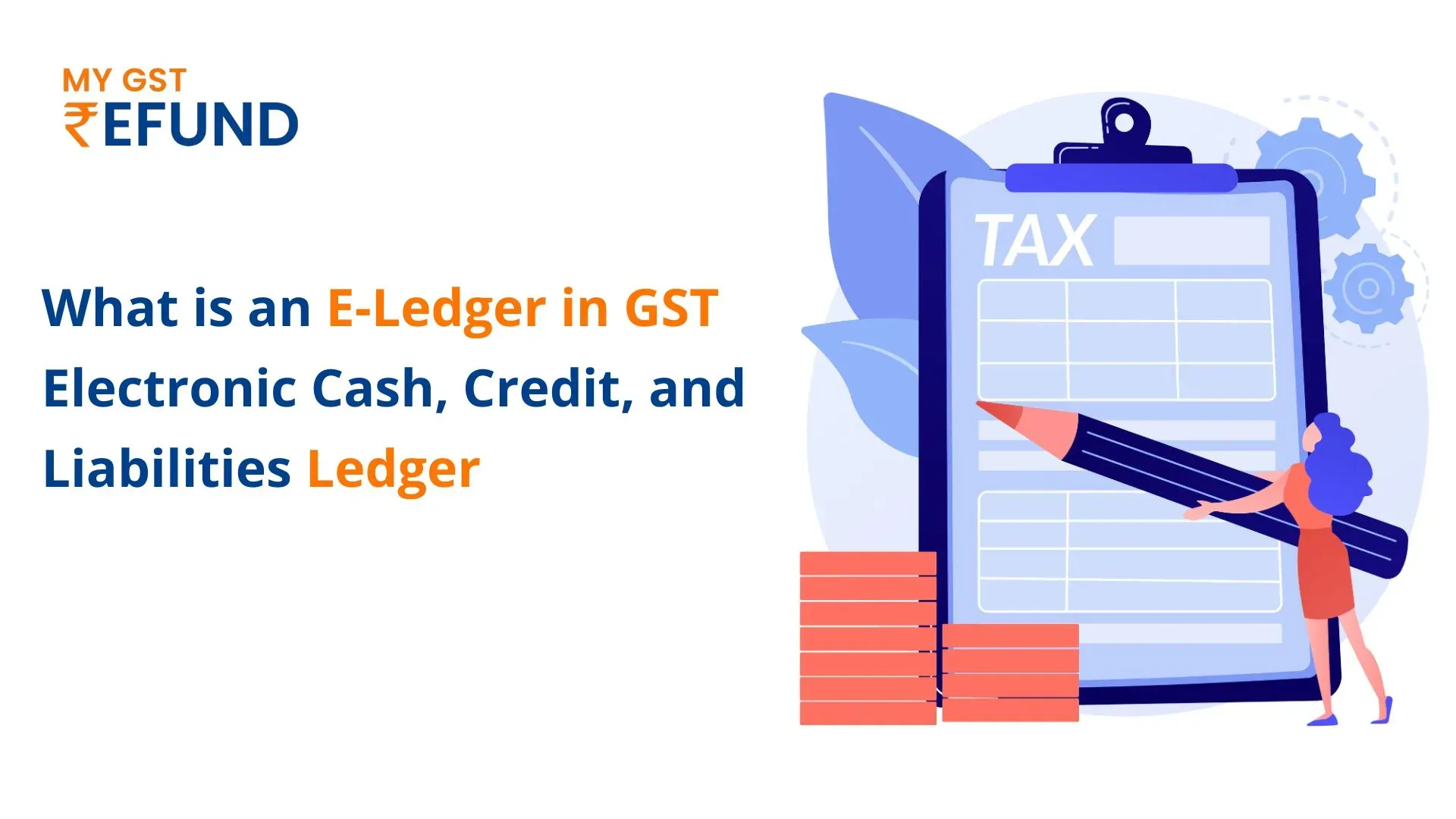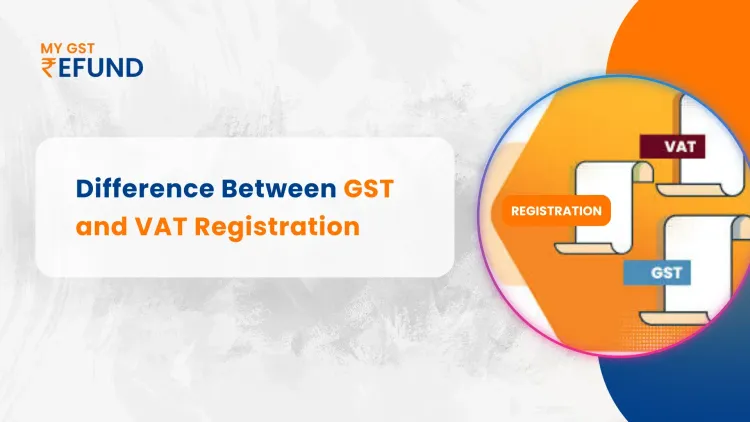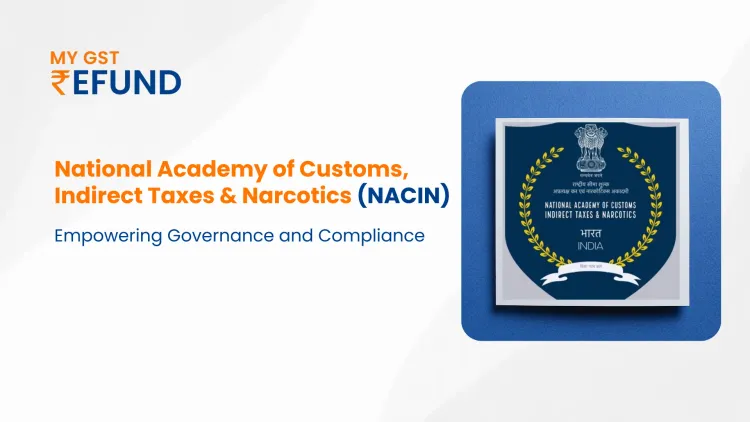What is an E-Ledger in GST: Electronic Cash, Credit, and Liabilities Ledger
Published on: Tue Nov 19 2024
What is an E-Ledger in GST: Electronic Cash, Credit, and Liabilities Ledger
What is an E-Ledger in GST?
The implementation of Goods and Services Tax (GST)has transformed the landscape of tax
accounting in India, introducing a streamlined process aimed at reducing tax evasion and improving transparency. However, with this transformation comes the need to understand new concepts like E ledgers, which play a crucial role in managing your tax liabilities. Many businesses, especially those new to GST, find themselves grappling with how to effectively utilize electronic ledgers to maintain
compliance and ensure smooth operations.
In this comprehensive blog post, we will delve into what E-ledgers are in the context of GST, how they function, and their significance in managing electronic cash, credit, and liabilities. By breaking down the types of e-ledgers under GST and providing a step-by-step guide on utilizing them effectively, we aim to equip you with the knowledge you need to navigate this crucial area of tax management. Additionally, we will cover important aspects such as the process of transferring GST TDS to the cash ledger and how to check your electronic cash ledger, all framed in a professional context that is essential for today’s business leaders. Let’s embark on this journey towards mastering e-ledgers in GST.
E-Ledgers are electronic records maintained by the GST Network (GSTN) to track the financial activities of registered taxpayers. E-Ledgers are integrated with the GST system. These ledgers automatically record transactions such as tax payments, liabilities, ensure accuracy and transparency, and claim of Input Tax Credit (ITC), offering a real-time overview of the taxpayer’s position. By integrating these ledgers with the GST system, businesses can ensure accurate reporting, seamless adjustments, and timely compliance.
There are three types of E-Ledgers under GST which are as follows:-
➢ Electronic Cash Ledger (ECL)
The Electronic Cash Ledger acts as a virtual wallet for taxpayers. It records all deposits made by the taxpayer toward GST payments, including taxes, interest, penalties, and other dues. The deposited funds are used to settle tax liabilities as they arise. The ECL is a critical tool for managing payments, providing a comprehensive record of deposits and their utilization.
➢ Electronic Credit Ledger (ECR)
The Electronic Credit Ledger records the Input Tax Credit (ITC) available to a taxpayer. ITC
represents the tax already paid on goods or services used in business operations, which can be offset against the output tax liability. By leveraging the ECR, businesses can reduce their tax burden, efficiently utilize eligible credits, and manage their cash flow effectively.
➢ Electronic Liability Ledger (ELL)
The Electronic Liability Ledger captures the taxpayer’s outstanding tax liabilities. This ledger is automatically updated based on filed returns, assessments, or other demands raised by the authorities. It serves as a clear record of the amounts payable by the taxpayer, ensuring that liabilities are settled promptly using balances from the ECL or ECR.
These three ledgers form the backbone of GST compliance, ensuring that taxpayers can manage their dues, credits, and liabilities with transparency and accuracy.
Managing E-Ledgers under GST is a structured and user-friendly process. Follow these steps to efficiently utilize the Electronic Cash Ledger (ECL), Electronic Credit Ledger (ECR), and Electronic Liability Ledger
(ELL):
Access the GST Portal
Log in to the official GST portal using your registered credentials, ensuring secure access to your account.
Navigate to the Ledgers Section
After logging in, locate the "Ledgers" section within the portal dashboard. Here, you can view and manage the Electronic Cash Ledger, Credit Ledger, and Liability Ledger.
Deposit Funds in the Electronic Cash Ledger (ECL)
- Use authorized payment modes such as net banking, debit card, or NEFT/RTGS to add
funds to your ECL. - Once the deposit is successful, the balance is reflected in real-time and can be allocated
toward tax payments or other GST-related dues.
Utilize Input Tax Credit (ITC) from the Electronic Credit Ledger (ECR)
- Access the ECR to review the available ITC balance.
- Offset your output tax liabilities by applying the eligible ITC recorded in the ledger,
ensuring compliance with GST rules.
Monitor the Electronic Liability Ledger (ELL)
- Regularly check the ELL to track outstanding liabilities, including those arising from filed
returns, assessments, or other tax demands. - Settle liabilities promptly using funds from the ECL or credits from the ECR to avoid
penalties and interest.
Adopting E-Ledgers under the Goods and Services Tax (GST) framework brings significant benefits for businesses. One of the key advantages is simplified compliance; the automation of tax-related transactions ensures that businesses can easily track their payments, credits, and liabilities, reducing the complexities involved in manual record-keeping. This also enhances transparency, as E-Ledgers provide a consolidated and real-time view of all cash, credit, and liability balances, ensuring businesses are always informed of their tax position. Moreover, E-Ledgers are time-efficient, eliminating the need for tedious manual reconciliation of tax records. This not only saves valuable time but also contributes to error reduction. With an automatic population of data, the risk of human errors is minimized, making the entire process more accurate. Lastly, E-Ledgers prove to be cost effective, as they streamline compliance and reduce the need for external consultancy, resulting in lower administrative costs for
businesses.
E-Ledgers are a cornerstone of the GST ecosystem, simplifying tax compliance for businesses of all sizes. Their integration with the GST portal ensures transparency, efficiency, and accuracy in tax management. By leveraging the capabilities of Electronic Cash, Credit, and Liability Ledgers, businesses can not only comply with GST regulations but also optimize their financial operations.
The digital nature of E-Ledgers aligns with the broader goal of transforming India’s tax system into a transparent and efficient framework. As businesses increasingly embrace these tools, they can look forward to reduced administrative burdens and enhanced tax compliance.
FAQs
Whether you're new to GST or looking to streamline your existing processes, these FAQs will help you
gain a deeper understanding of how to maximize the benefits of E-Ledgers for your business.
1. How to get a GST refund from the electronic credit ledger?
Taxpayers can apply for a refund of the unutilized Input Tax Credit (ITC) through Form RFD-01 on the GST
portal. Ensure that the refund claim aligns with GST rules and is supported by proper documentation.
2. How to transfer GST TDS to the cash ledger?
GST TDS (Tax Deducted at Source) credits are automatically reflected in the ECL of the deducted. The
amount can be utilized to discharge tax liabilities.
3. What is E-Ledgers in GST?
E-Ledgers are digital records that track the financial transactions of a taxpayer under GST, including cash
deposits, ITC, and tax liabilities.
4. How to check the electronic cash ledger in GST?
To check the ECL, log in to the GST portal, go to the “Services” tab, and select “Ledgers” > “Electronic > Cash Ledger.”
5. What are the three types of ledgers in GST?
The three types of E-Ledgers in GST are:
• Electronic Cash Ledger (ECL)
• Electronic Credit Ledger (ECR)
• Electronic Liability Ledger (ELL)
Try it today for free at app.mygstrefund.com and see how easy GST refunds can be!
If you have any questions or need assistance, our team is always here to help. Contact us at +91 92050-05072 or email us at info@mygstrefund.com.
Related Posts





